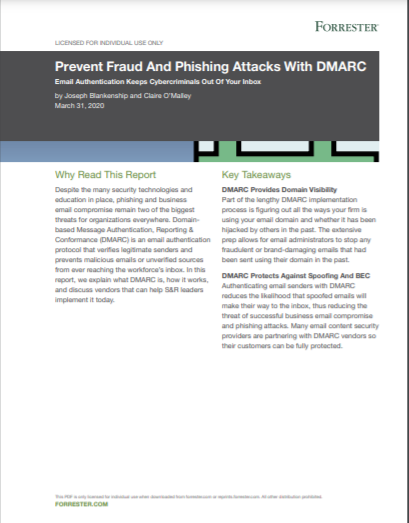MirrorBlast phishing campaign targets financial companies
The attack has been linked to a long-standing Russian cyber crime group


A Russian cyber crime group has been targeting the financial sector with malware delivered by a familiar infection mechanism: Microsoft Office macros.
Security company Morphisec identified the attack, dubbed MirrorBlast, which uses Microsoft Office macros to infect machines, a technique cyber criminals have used consistently over the years.
The researchers analyzing the attack said it has been underway since September. It targets institutions in regions such as Canada, US, Hong Kong, and Europe. The researchers also saw similar activity in April.
Morphisec tied the attack to TA505, a Russian cyber crime group that has been operating since 2014. The group often changes the malware it uses, according to the company.
The cyber crime gang uses phishing emails to mount the first phase of its attack. The initial email contains an Excel document that uses a macro. The macro, which can only run on 32-bit systems due to ActiveX compatibility issues, contains lightweight code designed to avoid detection.
When run, the macro verifies an administrative account is running and then uses a Javascript command to start an installer program. This drops one of two malicious scripts.
RELATED RESOURCE

Prevent fraud and phishing attacks with DMARC
How to use domain-based message authentication, reporting, and conformance for email security
These send the machine's information to a command and control (C2) server, including the computer name, user name, and a list of running processes. The C2 server then responds with a code telling the software how to proceed.
Get the ITPro daily newsletter
Sign up today and you will receive a free copy of our Future Focus 2025 report - the leading guidance on AI, cybersecurity and other IT challenges as per 700+ senior executives
The attack also uses a Google feedproxy URL with a fraudulent message urging the user to access a SharePoint or Onedrive file. This helps the attackers evade detection, Morphisec said.
Certain aspects of the attack have led researchers to attribute it to TA505. This includes the infection chain and installer script. It also uses similar domain names to other TA505 attacks and an MD5 hash that matches one used in another of the group's attacks.
Danny Bradbury has been a print journalist specialising in technology since 1989 and a freelance writer since 1994. He has written for national publications on both sides of the Atlantic and has won awards for his investigative cybersecurity journalism work and his arts and culture writing.
Danny writes about many different technology issues for audiences ranging from consumers through to software developers and CIOs. He also ghostwrites articles for many C-suite business executives in the technology sector and has worked as a presenter for multiple webinars and podcasts.
-
 Should AI PCs be part of your next hardware refresh?
Should AI PCs be part of your next hardware refresh?AI PCs are fast becoming a business staple and a surefire way to future-proof your business
By Bobby Hellard
-
 Westcon-Comstor and Vectra AI launch brace of new channel initiatives
Westcon-Comstor and Vectra AI launch brace of new channel initiativesNews Westcon-Comstor and Vectra AI have announced the launch of two new channel growth initiatives focused on the managed security service provider (MSSP) space and AWS Marketplace.
By Daniel Todd